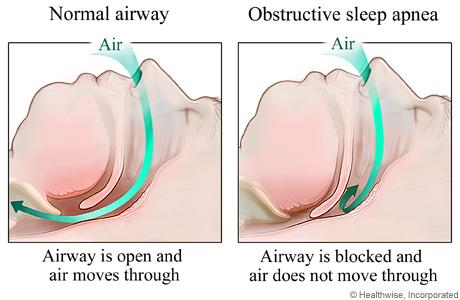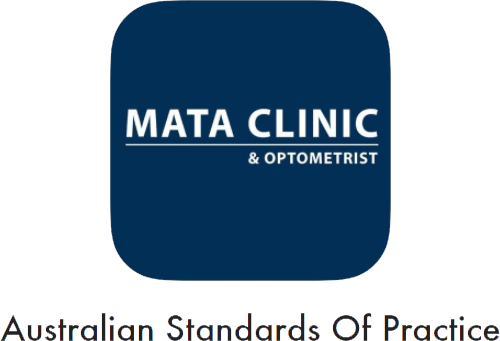Introduction
Sleep apnea and floppy eye syndrome are two distinct medical conditions that can significantly impact one’s quality of life. While sleep apnea primarily affects breathing during sleep, floppy eye syndrome (FES) affects the eyes, particularly during sleep. Understanding the symptoms, causes, and treatments of these conditions can help individuals seek appropriate care and improve their overall health.
Sleep Apnea
Symptoms
Sleep apnea is a sleep disorder characterized by repeated interruptions in breathing during sleep. The most common symptoms include:
• Loud snoring
• Episodes of breathing cessation during sleep, often noticed by a bed partner
• Gasping for air during sleep
• Waking up with a dry mouth or sore throat
• Morning headache
• Difficulty staying asleep (insomnia)
• Excessive daytime sleepiness (hypersomnia)
• Difficulty paying attention while awake
• Irritability
Causes
Sleep apnea is classified into three main types:
1. Obstructive Sleep Apnea (OSA): The most common form, caused by the relaxation of throat muscles, leading to airway obstruction.
2. Central Sleep Apnea (CSA): Occurs when the brain fails to send proper signals to the muscles that control breathing.
3. Complex Sleep Apnea Syndrome: Also known as treatment-emergent central sleep apnea, occurs when someone has both OSA and CSA.
Risk factors for sleep apnea include obesity, older age, a family history of sleep apnea, use of alcohol or sedatives, smoking, and nasal congestion.
Treatments
Treating sleep apnea often involves lifestyle changes, medical devices, or surgery. Common treatments include:
• Continuous Positive Airway Pressure (CPAP): A machine that delivers air pressure through a mask to keep the airway open.
• Oral Appliances: Custom-fitted devices that help keep the throat open.
• Lifestyle Changes: Weight loss, exercise, avoiding alcohol and smoking, and changing sleep positions.
• Surgery: In severe cases, procedures such as tissue removal, jaw repositioning, or implants may be necessary.
Floppy Eye Syndrome (FES)
Symptoms
Floppy eye syndrome is characterized by unusually elastic and floppy eyelids that can easily evert (turn inside out). Symptoms include:
• Irritation and discomfort in the eyes
• Redness
• Excessive tearing
• Sensitivity to light
• A feeling of a foreign body in the eye
• Recurrent eye infections
Causes
The exact cause of floppy eye syndrome is not well understood, but it is often associated with conditions such as:
• Obstructive sleep apnea (OSA)
• Obesity
• Connective tissue disorders
• Chronic eye rubbing
• Eyelid laxity
FES is more commonly observed in middle-aged, overweight men who sleep on their stomachs or sides, causing the eyelids to evert during sleep.
Treatments
Treating FES involves addressing the underlying causes and managing symptoms. Treatment options include:
• Artificial Tears and Lubricating Ointments: To relieve dryness and irritation.
• Protective Eyewear: Wearing eye shields or taping the eyelids shut during sleep to prevent eversion.
• Surgical Intervention: In severe cases, surgical tightening of the eyelids (eyelid shortening procedures) may be necessary.
• Managing Sleep Apnea: Since FES is often linked to OSA, treating sleep apnea can help alleviate the symptoms of FES.
Conclusion
Both sleep apnea and floppy eye syndrome can significantly impact daily life and overall health. Early diagnosis and treatment are crucial to managing these conditions effectively. If you experience symptoms of either condition, it is important to consult with a healthcare provider who can guide you toward appropriate treatment options. With proper care, individuals can improve their quality of life and reduce the risks associated with these conditions.




Recent Comments